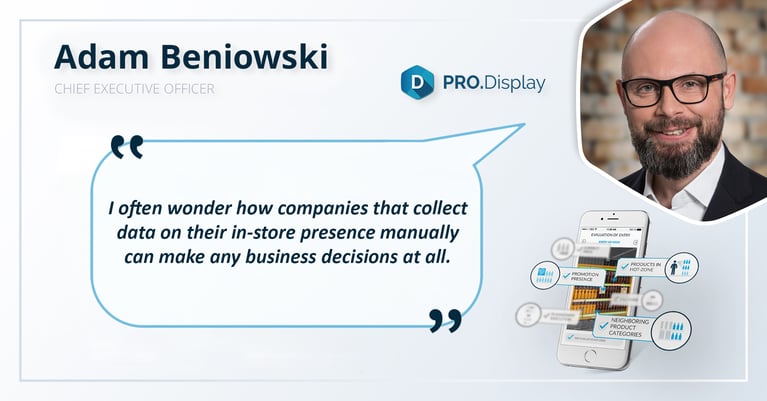I often wonder how companies that collect data on their in-store presence manually can make any business decisions at all.
🔎 At the 2018 Retail Summit, during our sharing session with speakers from Mars and Sandoz, we shared the following business case with the audience.
One of our clients had decided to measure its distribution performance while launching a new brand. The brand included 10 SKUs.
📝 During the first month of launch, our client measured distribution performance traditionally. By that, we mean using manually entered data from its sales reps.
📸 At the same time, those sales reps took photos during the same store visit, which were analyzed by our AI-supported image recognition system PRO.Display.
🎯 The intention was to deliver a new range of products to 2000 stores, and these stores were divided into 3 formats.
So a pretty simple case we had all encountered in our business lives while launching a new brand. The key here was a rare opportunity to compare manually entered data with automatic, or more accurately, AI-generated data.
📊 Results: the manual data was only 46% accurate. This meant errors in more than 50% of the reports. 97% of these errors came from manually adding more SKUs than were visible in the photos.
🗓 This has not changed over time. In 2022 we performed a similar test with another client; this time, the reports were 29% inaccurate. Slightly better, but still not good enough.
💡 How can you make reliable business decisions or draw conclusions from such highly corrupted data?
#prodisplay #fmcg #kpi #photorecognition #ai #probspl #expositionquality

